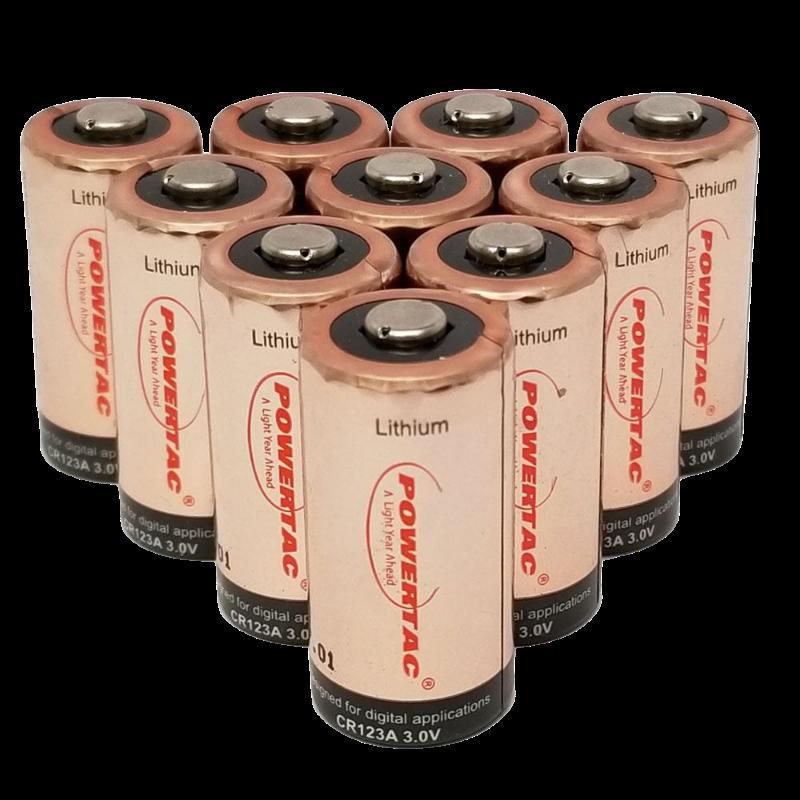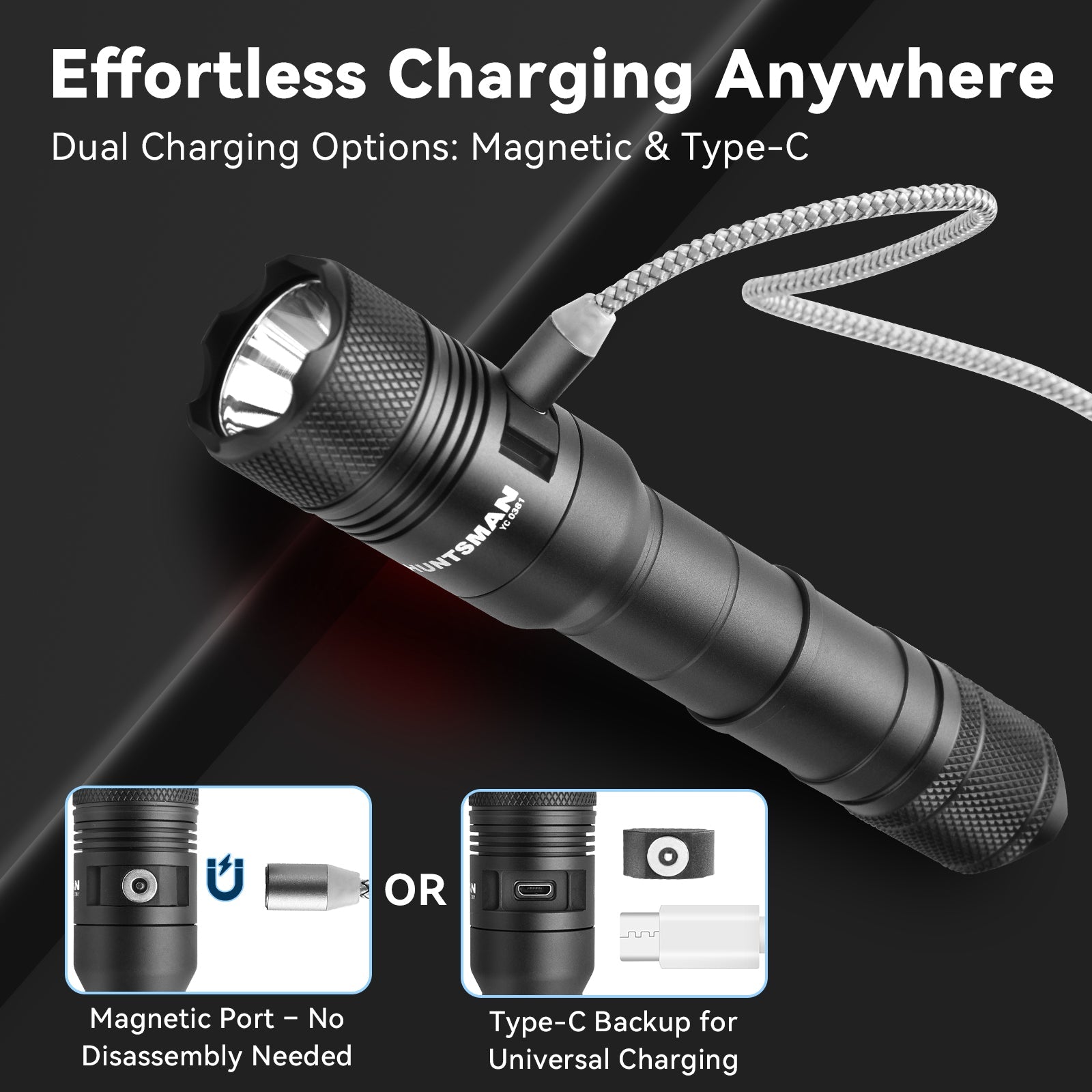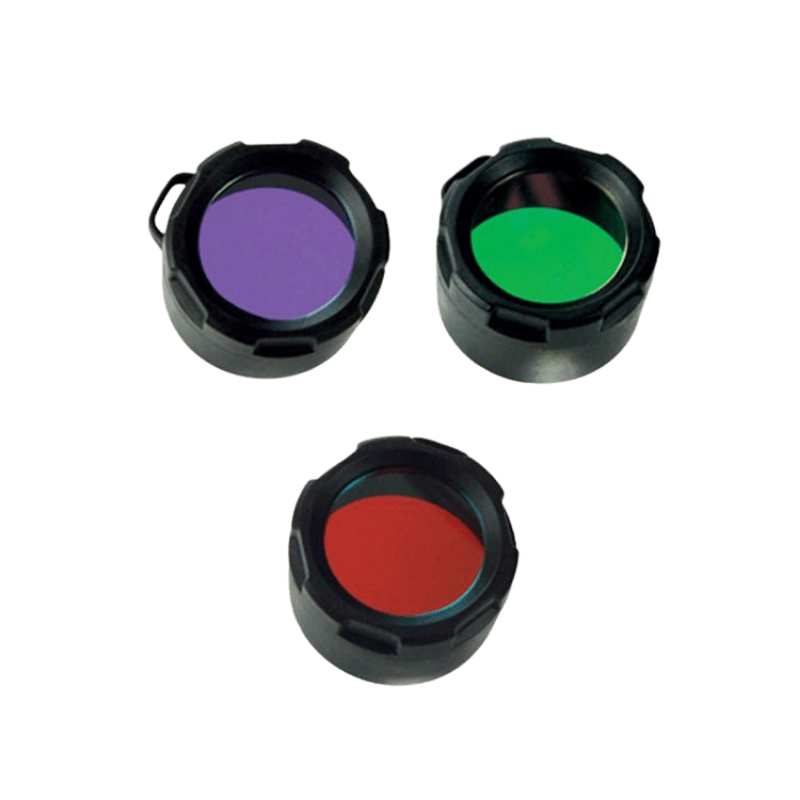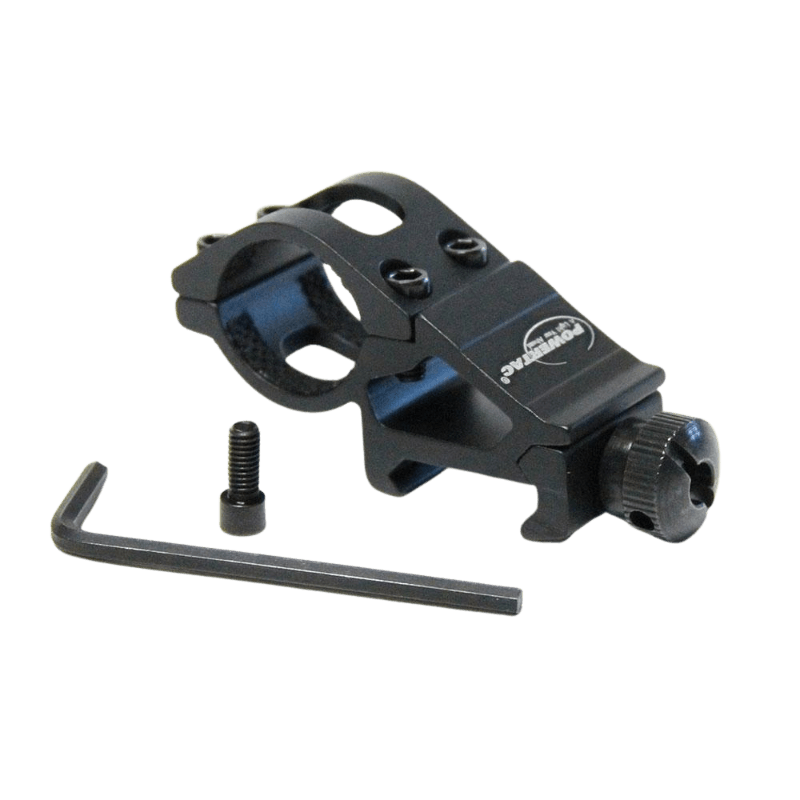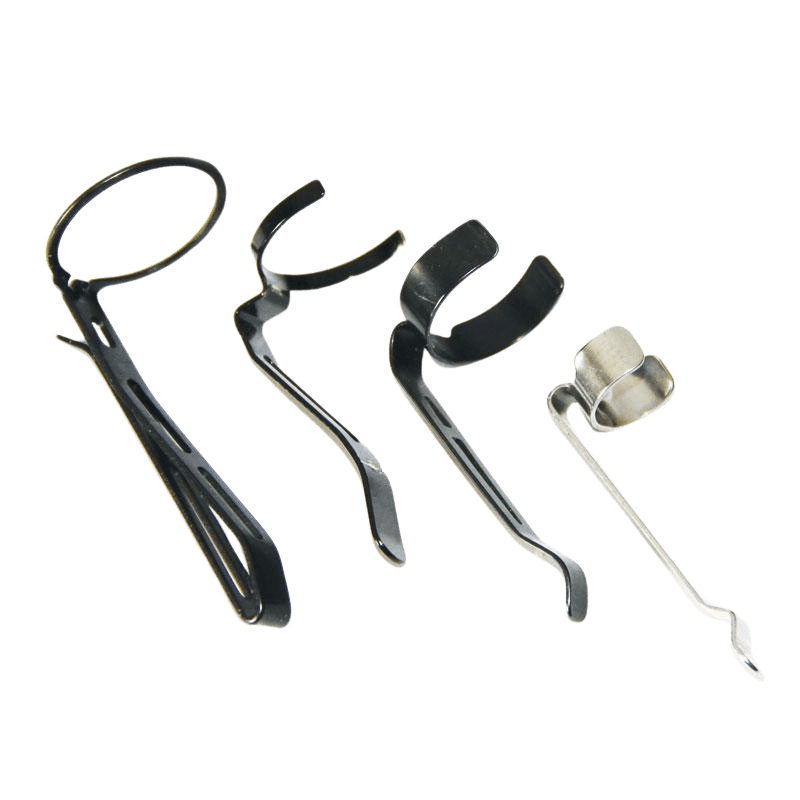Troubleshooting Guide
Common LED Flashlight Issues
We’ve all been there. You reach for your flashlight needing it to see and the flashlight doesn’t turn on or flickers or acts up in some way. Though it’s not super common, it doesn’t make it any less frustrating. Even though your Powertac flashlight comes with the best warranty in the industry, there are a few things you can do to try fix the issue. Here are a few common issues and how you may be able to fix the problem.
My Flashlight Will Not Turn On
Your light was working fine yesterday, but now it won't turn on. No response whatsoever. Or perhaps you try to turn it on but it flickers or turns on and immediately turns back off. Maybe you’re unable to cycle through the brightness levels. If one of these sounds familiar, try out the steps below to see if they help:
- Check to make sure the head or tail of your flashlight is fully tightened. For some lights, if you don’t tighten the flashlight fully, they won’t work or won’t work correctly.
- Make sure the contact points are clean. For most flashlights, this will be a spring or piece of metal. You also must keep the threads inside the tail cap and on the body of the light where the tailcap connects very clean. Wipe these threads down with rubbing alcohol first and then coat with silicone lubricant to protect. If dust or debris is caught in the contacts or on those threads, then the flashlight may not work properly.
- Try out a different battery. A good portion of the time, the battery is having issues rather than the flashlight. If you have a spare battery, try out your spare in your flashlight. Also, if you have another flashlight that uses the same battery, try out the possibly faulty battery in the other flashlight to see if it works. This can help confirm if the fault lies within the battery or flashlight.
My Flashlight Only Functions in Low or Strobe
We do see this issue from time to time, but when we do, it’s typically an easy fix.
- Remove the tail cap, wipe the threads inside the tail cap and on the body of the light with a cloth with a bit of rubbing alcohol until clean and shiny. Then put a small amount of a good lubricant, such as Nyogel760 on the threads, then put the tail cap back on snugly.
- Check the battery. When a flashlight is only working in low mode, this could be a sign that your battery is low on energy and can’t produce more light. Try recharging your battery to see if this fixes the issue. If you have a non-rechargeable battery, replace it with a fresh one.
- If recharging the battery doesn’t work, try a new battery. It’s possible the battery is defective, and a new battery will fix the issue.
- If your flashlight has a tail switch and cap, it’s possible that the switch is loose. Try tightening the tail switch very snugly to see if it fixes this issue.
My Rechargeable Flashlight Won’t Charge
This may be the most common issue we see with rechargeable flashlights. You go to plug the flashlight in, and it doesn’t appear to be charging. For most of the cases we see, the flashlight is usually not the culprit of the issue. Try these steps below to see if there’s an easy way to fix the problem.
- More often than not, we find that there’s an issue with either the wall adapter, charge cord, or wall outlet. We recommend trying out a different wall outlet, a different wall adapter, and a different charge cord. See if this fixes the issue.
- Sometimes dust or debris can get in and around the adapter on the flashlight. Most micro-USB and USB-C ports will have a silicone cover to prevent dust from getting in, but sometimes we can forget to seal the cover, and dust or dirt can sneak inside. Try blowing inside the port to remove dust and debris.
- Finally, try out a new battery to see if this fixes the issue. More often than not, we’ll find a defective battery before we find a defective flashlight so it’s always important to try out a new battery regardless of what the issue you’re experiencing is.
LED Flashlight Warranty
If none of the steps above work to fix your flashlight, then it might be time to move onto warranty. Powertac offers lifetime warranty on the flashlight and a 1-year warranty on any of their batteries, accessories and chargers. The warranty covers any manufacturer’s defects. Please read our full warranty policy here.
Maintaining an LED Flashlight
It’s also a good idea to maintain your light so that way your light will always work at its best. Here are a few things to keep in mind with your LED flashlight.
- Keep the threads lubed. If you open the tail cap or head of your flashlight and find that it’s no longer slick and easy to twist off, it might be time for more lube. You can purchase flashlight lubrication (Nyogel 760) or you can use Vaseline. Apply a very thin amount to the threads using a q-tip. If you apply too much, this may affect the contact so always start off with a very small amount. The lube will help prevent your threads from wearing down.
- Clean your flashlight. If your flashlight gets dirty, we recommend cleaning it. We’ve had flashlights sent to us before for warranty where the lights have been covered with dirt. We found dirt in the threads and in the tube of the light which can affect the contacts. We’ve also seen dirt and grime get into micro-USB ports. So, take care of your flashlight when it’s dirty and clean it up with a damp cloth.
- Maintain the battery. Many LED flashlights use lithium-ion batteries which drain slowly over time even when not in use. Keep your battery topped off by charging it once a month or once every other month. Check for any signs of corrosion or swelling in the battery whenever you remove it.
- If you plan on putting your flashlight away for a few days or more without using it, remove the batteries. Some flashlights have a parasitic drain, meaning they drain the battery when the light isn’t on. Not only that, but batteries, especially Alkaline, have a chance of leaking. If a battery leaks inside a flashlight, it can cause irreparable damage. Also, many manufacturers won’t cover this damage under their warranty because it is not a manufacturer defect. So taking care of your batteries is especially important.






